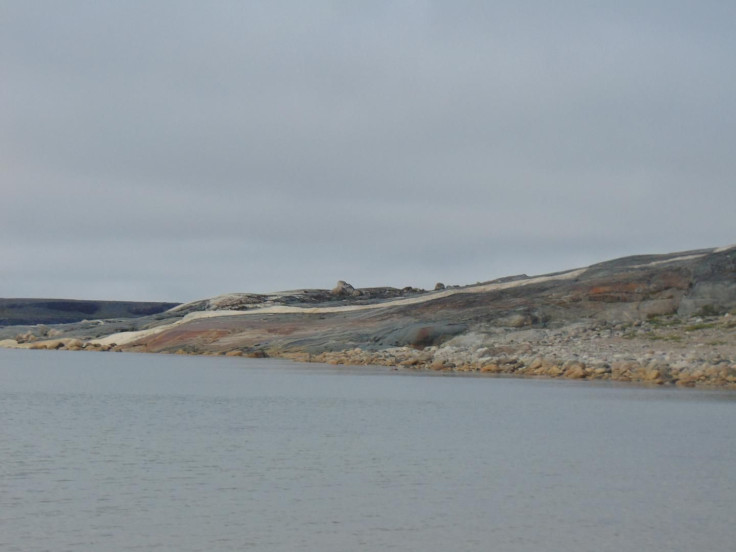Earth Might Have Been Habitable Much Earlier Than Previously Thought

A new study exploring the geologic history of Earth has revealed that our planet’s continental crust, or the relatively thick part of the crust which formed large land masses, came to be much earlier than previously thought.
As the continental crust of Earth would have provided the perfect conditions to allow microbial life to thrive, scientists have been working to understand how and when some part of the crust, made from volcanic rock, transformed into the former. It is lighter and richer in essential minerals like silica, which would have played a crucial role in bolstering the chances of life on Earth.
To solve this mystery, researchers from the University of Chicago looked up for bits of crust remaining from Earth’s early days. They analyzed tiny flecks of apatite found on ancient volcanic rocks in northern Canada, approximately 3.9 billion years old, and were able to find samples of zircons, a diamond-like hard, weather-resistant mineral.
The mineral makes an excellent candidate for geologic studies as it acts like a labeled time capsule.
“Zircons are a geologist's favorite because these are the only record of the first three to four hundred million years of Earth,” Patrick Boehnke, the co-author of the study, said in a statement. “Diamonds aren't forever--zircons are."
Though scientists normally use different variants of elements to uncover the geologic history of a mineral, in this specific case, the researchers particularly focused on strontium, which could provide critical insight into the amount of silica present at the time of this formation.
However, the task wasn’t easy because the flecks of zircon were too tiny, approximately five microns across, and they had to count every single atom of strontium in it, one by one. This is where the team deployed CHILI or the CHicago Instrument for Laser Ionization.
The device, which went online last year, packs a set of lasers that can selectively take out and ionize strontium. It helped the team determine the ratio of strontium isotopes in the mineral, which indicated that there was plenty of silica when the ancient rock formed.
“Our evidence, which squares with emerging evidence including rocks in Western Australia, suggests that the early Earth was capable of forming continental crust within 350 million years of the formation of the solar system," Boehnke added in the statement. "This alters the classic view, that the crust was hot, dry and hellish for more than half a billion years after it formed."
The formation of continental crust that early suggests Earth could have been habitable within some 350 million years of solar system’s formation. This is because the composition of the crust directly affects the atmosphere as well as things like composition of seawater and nutrients in it. It could have provided the conditions necessary for life to thrive over ensuing epochs on the planet.
"Having continental crust that early changes the picture of early Earth in a number of ways," study co-author Andrew Davis said in the statement.
The study, titled “Potassic, high-silica Hadean crust,” was published June 4 in the journal PNAS.
© Copyright IBTimes 2024. All rights reserved.





















